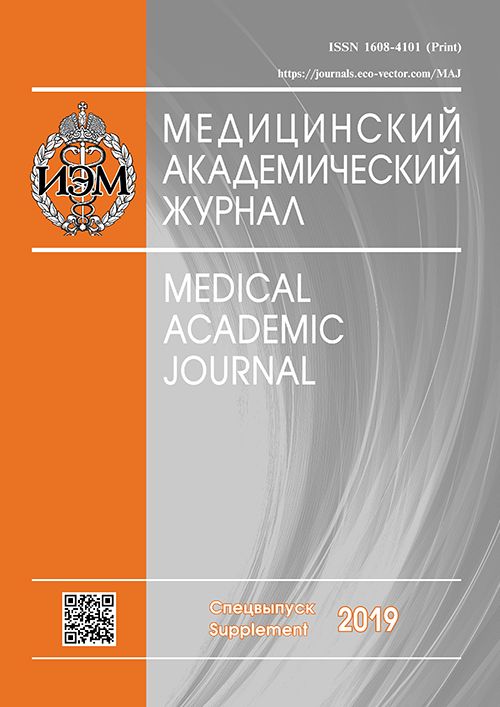BACTENECINS AS CELL-PENETRATING PEPTIDES
- Authors: Shamova OV1, Nazarov AS1, Kopeykin PM1, Kudryavtsev IV1, Grudinina NA1, Andreeva EA1, Milman BL1, Orlov DS1
-
Affiliations:
- Institute of Experimental Medicine, Saint Petersburg
- Issue: Vol 19, No 1S (2019)
- Pages: 178-179
- Section: Articles
- Published: 15.12.2019
- URL: https://journals.eco-vector.com/MAJ/article/view/19387
- ID: 19387
Cite item
Abstract
Full Text
About the authors
O V Shamova
Institute of Experimental Medicine, Saint Petersburg
A S Nazarov
Institute of Experimental Medicine, Saint Petersburg
P M Kopeykin
Institute of Experimental Medicine, Saint Petersburg
I V Kudryavtsev
Institute of Experimental Medicine, Saint Petersburg
N A Grudinina
Institute of Experimental Medicine, Saint Petersburg
E A Andreeva
Institute of Experimental Medicine, Saint Petersburg
B L Milman
Institute of Experimental Medicine, Saint Petersburg
D S Orlov
Institute of Experimental Medicine, Saint Petersburg
References
- Reissmann S. Cell penetration: scope and limitations by the application of cell-penetrating peptides. J. Pept Sci. 2014;20(10):760-784.
- Splith K, Neundorf I. Antimicrobial peptides with cell-penetrating peptide properties and vice versa. Eur. Biophys. J. 2011;40:387-397.
- Shamova OV, Orlov DS, Zharkova MS, et al. Minibactenecins ChBac7.Nα and ChBac7.Nβ - antimicrobial peptides from leukocytes of the goat Capra hircus. Acta Naturae. 2016;8(3):136-146.
Supplementary files







